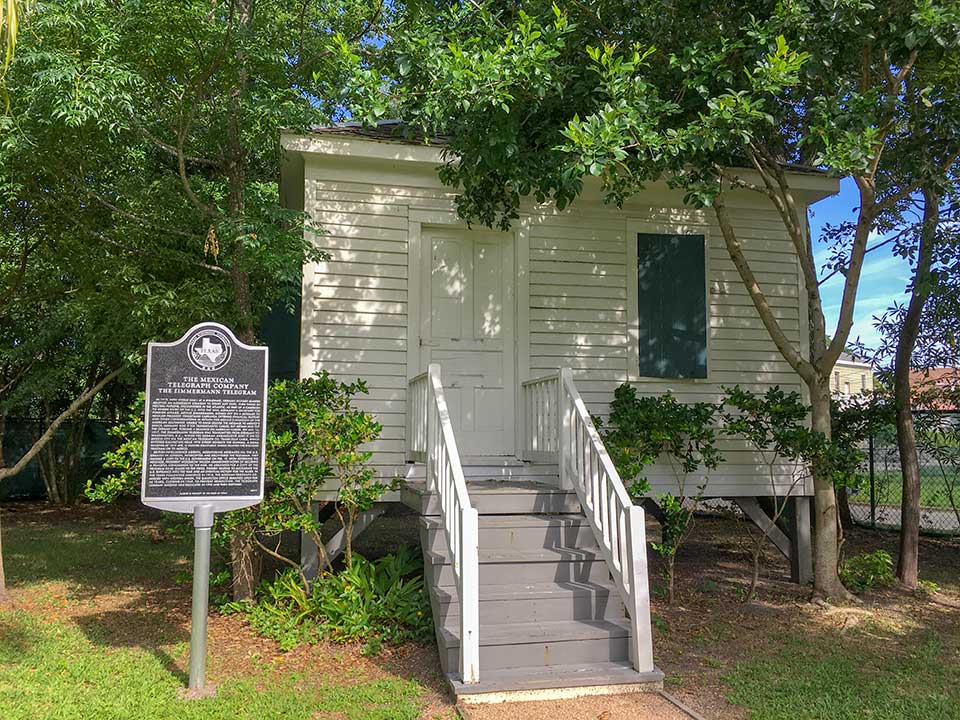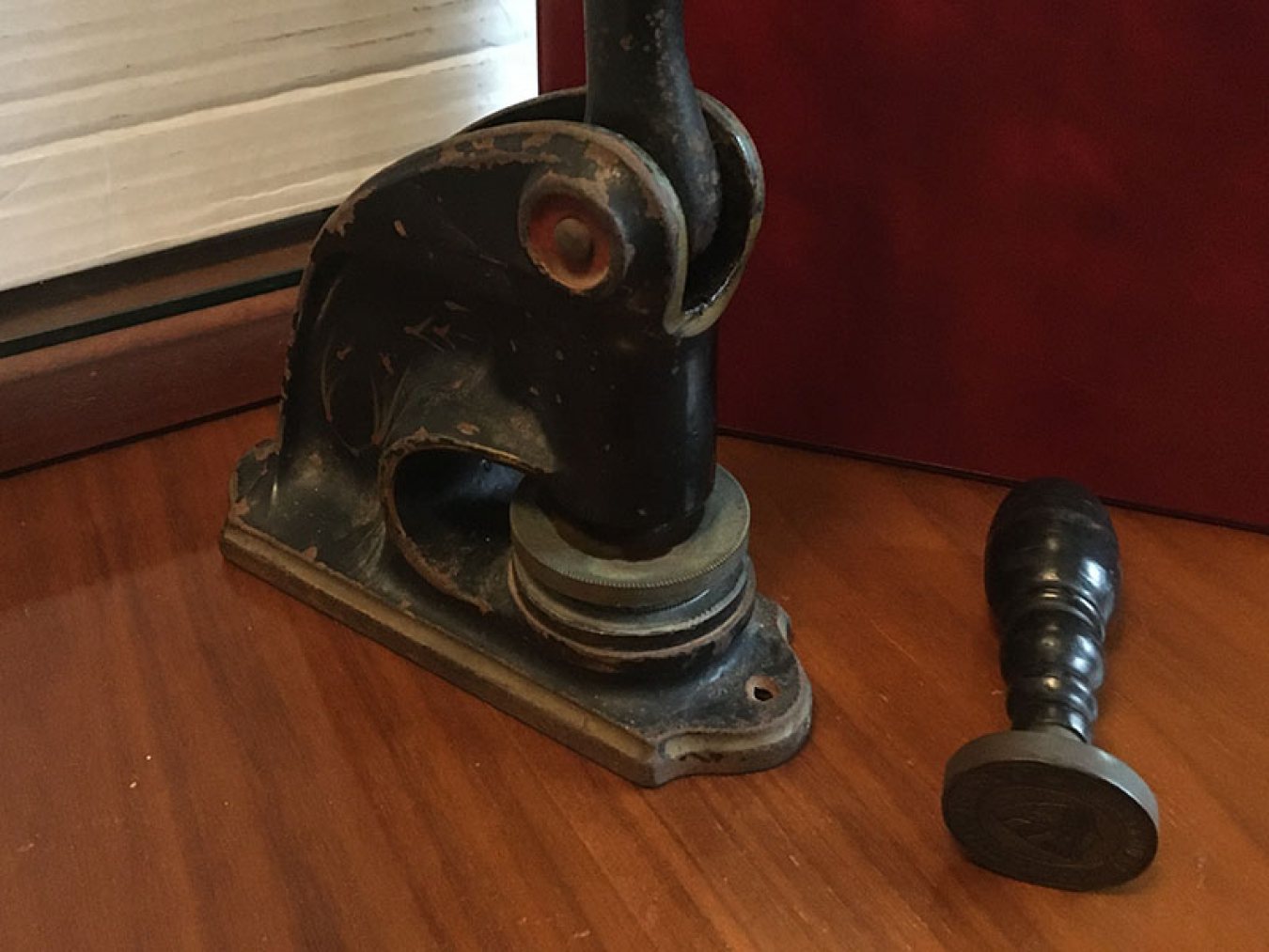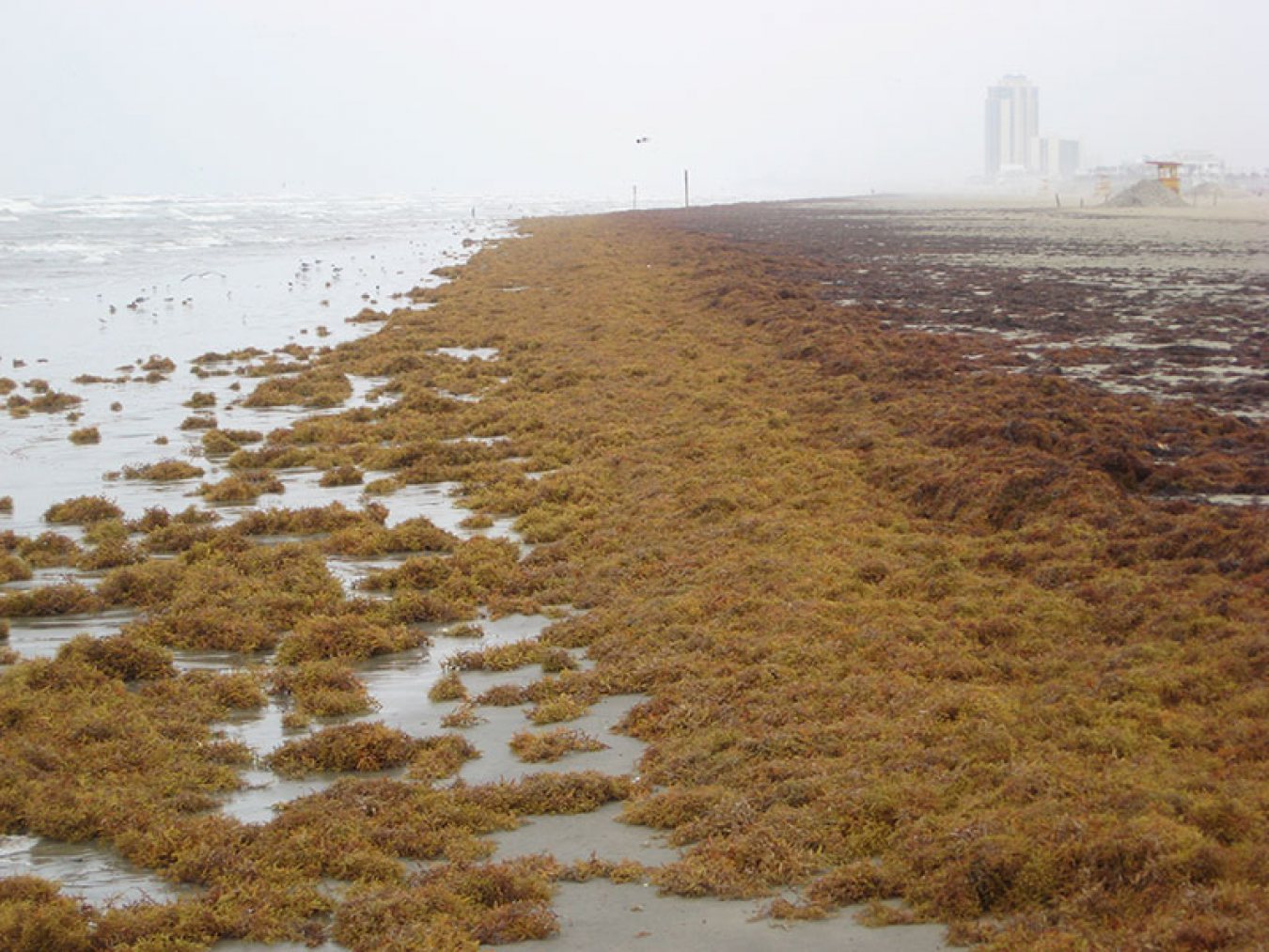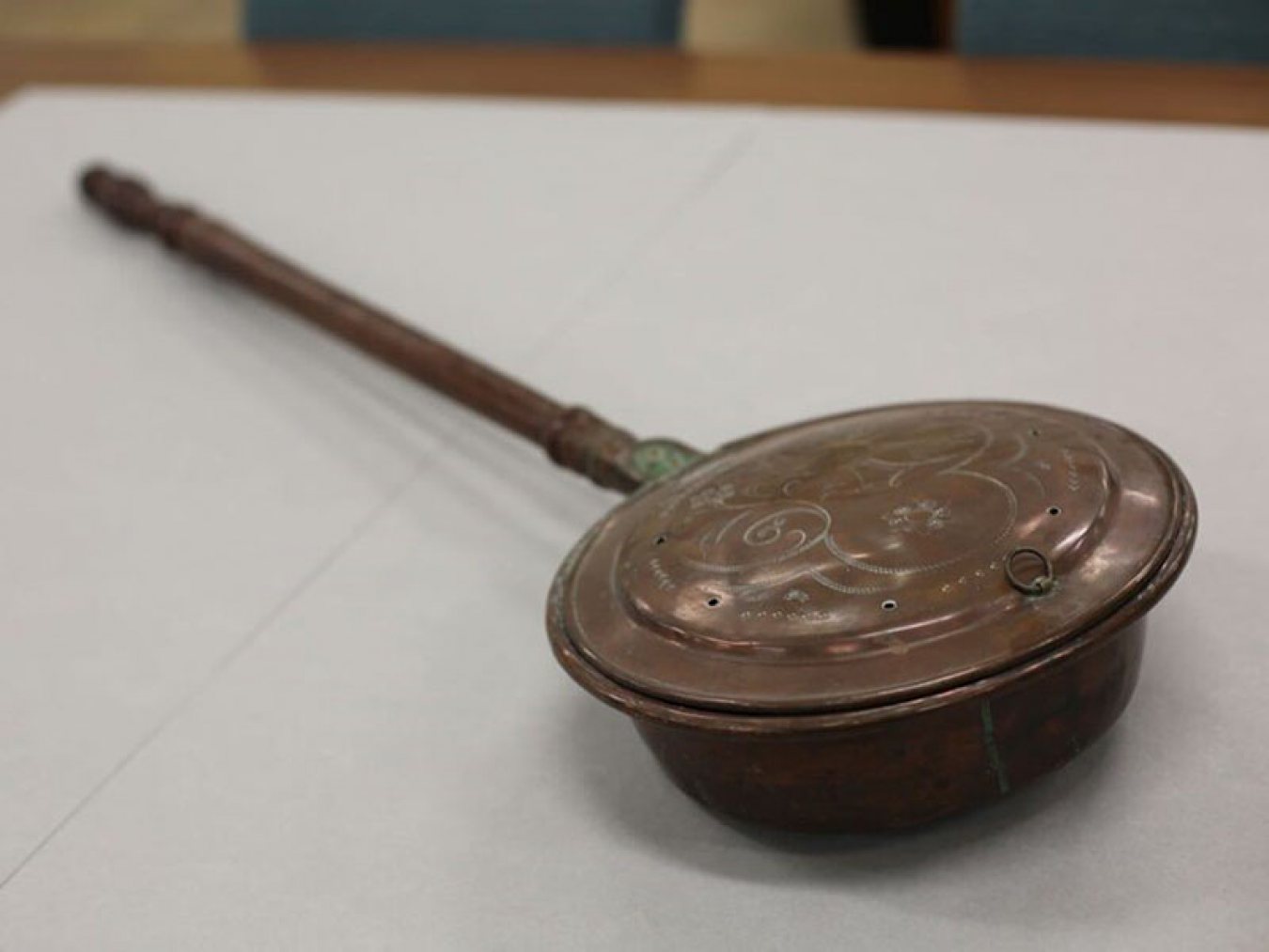The Mexican Telegraph Company The Zimmerman Telegraph
Historical Marker
1605 33rd Street, Galveston, TX (Directions)
One of over 200 historical markers on the island, this marker is located at the former structure that was the Mexican Telegraph Company infamous for the Zimmerman Telegraph . The marker was erected in 2017 by the Texas Historical Commission.

Inscribed
“In 1917, with World War I at a stalemate, German military leaders adopted an aggressive strategy to strike any ships, even those of neutral nations, encountered in the Atlantic. As part of a campaign to hinder entry of the U.S. into the war, Germanys Secretary for Foreign Affairs, Arthur Zimmerman, signed off on a message to Mexican president Venustiano Carranza offering financial support and other considerations in return for Mexico’s invasion of the American Southwest. Unable to hand deliver the message to Mexico’s envoy, Germany sent it via transatlantic cables, but Britain had cut the German line, forcing a reliance on American cables. On Jan. 16, 1917, the Zimmerman telegram was transmitted from Germany to Washington, D.C., where the German Ambassador sent it on to Mexico City via the Mexican Telegraph Co. Trans-Gulf Cable, which entered Galveston near 19th Street beneath the seawall. A small building at 1819 Ave. O housed equipment which relayed the encoded telegram on to Mexico.”
“British intelligence agents, monitoring messages via the U.S. Embassy in London, intercepted and deciphered the telegram. They handed a copy to the U.S.. Government on Feb 19. Upon reviewing the message, President Woodrow Wilson abandoned hopes of securing a peaceful conclusion to the war. He arranged for a copy of the telegram to be leaked to the press, thereby helping to accelerate the U.S. entrance into the war and the eventual victory for the allies. In the years following armistice in 1918, the Mexican Telegraph Co. merged with Western Union. The Galveston office remain open for 66 years closing in 1949. To prevent demolition, the telegraph company building was relocated in 1995 and then restored.”
“(2017)”






